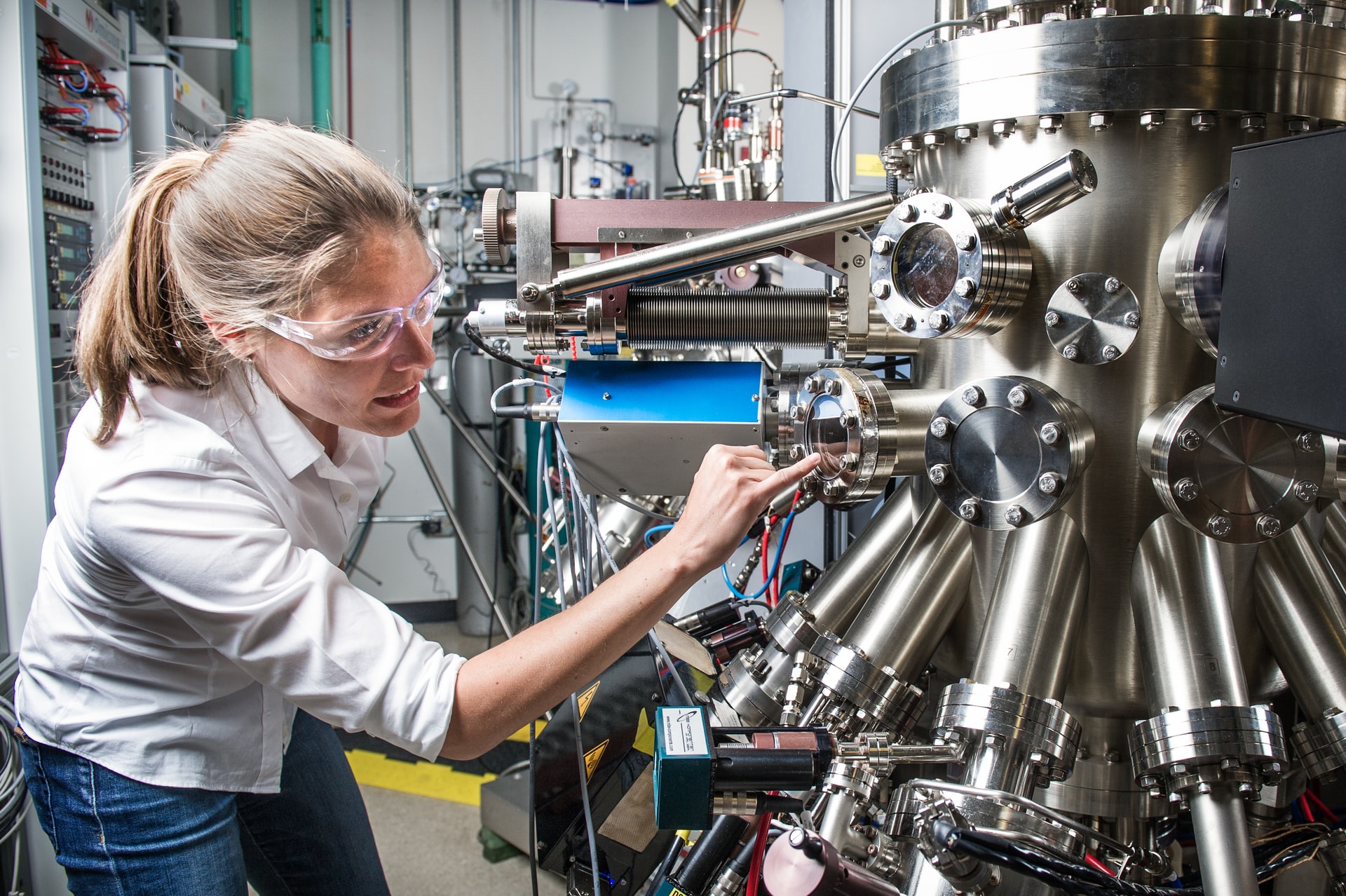Every successful manufacturing procedure involves an extensive First article inspection (FAI). This means inspecting and determining the industry fit of the first article of the production unit. The FAI is also crucial in determining whether the article meets the engineering specifications or not.
This will help the facilities manager take corrective steps if required. Since FAI involves capital and time, it needs to go smoothly and accurately. Here are 10 common mistakes with the first article inspection.
Failure to Identify all Critical Features
These are the features that must be within specification for the product to function correctly. All other features are important but not critical. If a critical feature is not identified, it will not be inspected and could cause problems down the line.
Inspecting The Wrong Tolerances
Tolerances are the acceptable limits for a manufactured item. These are typically set by the engineers designing the product. If the first article inspection is done to different tolerances, it will be difficult to compare results and decide whether the part is within specification.
Not Enough Measurement Points
It is important to take measurements at multiple points to get an accurate picture of the part. This allows for a more complete understanding of the part’s geometry and how it differs from the engineering specifications.
Measuring the Wrong Aspects
The first article inspection should focus on the critical features identified in the engineering drawings. These are the features that will have the greatest impact on the function of the part. Measurements of other features are important but should not be the focus of the first article inspection.
Not Documenting Measurements
Documenting all measurements taken during the first article inspection will help predict its performance and tolerance. This documentation can be used to compare results over time and decide whether the manufacturing process is in control.
Not Recording All Information
In addition to measurements, it is important to record all other relevant information about the part. This includes things like material composition, surface finish, and dimensions. This information can be useful in troubleshooting problems that arise during production.
Failing to Identify Out-of-Spec Parts
If a part is out of specification, it must be identified and segregated from the rest of the population. This ensures that the defective part does not enter the production process and cause further problems.
Not Investigating Root Causes
Root Cause Analysis (RCA) is crucial in determining the problem caused in the part so that other parts can be checked accordingly. This will help prevent the problem from happening again in the future.
Here are some tips to keep in mind when investigating root causes:
- Start with the simplest explanation first.
- Eliminate all possible causes before moving on to more complex explanations.
- Investigate all aspects of the process, not just the part.
- Utilize all available resources, including people with different areas of expertise.
Not Updating Drawings and Processes
If changes are made to the manufacturing process, it is important to update the engineering drawings and first article inspection procedures. This ensures that everyone is working from the same information and that the first article inspection is accurate.
Failing to Communicate
The first article inspection should be a team effort. Everyone involved in the process should know what is being inspected and how the results will be used.
Here are some tips to keep in mind to ensure proper communication:
- Clearly identify the critical features that need to be inspected.
- Make sure everyone understands the tolerances that are being used.
- Communicate with everyone involved in the process about all the above recordings to ensure a successful first article inspection.
Final Word
Avoiding these mistakes will help you avoid common mistakes when performing a first article inspection. By taking the time to do it right, you can be sure that your products meet the highest quality standards.















